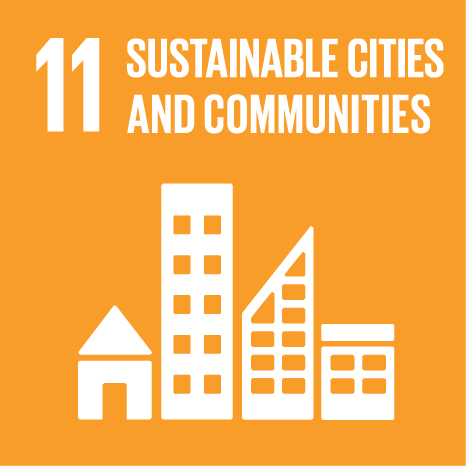Ciência_Iscte
Publications
Publication Detailed Description
Critical dictionary on borders, cross-border cooperation and European integration
Journal Title
European Planning Studies
Year (definitive publication)
2021
Language
English
Country
United Kingdom
More Information
Web of Science®
Scopus
This publication is not indexed in Scopus
Google Scholar
This publication is not indexed in Google Scholar
This publication is not indexed in Overton
Abstract
The world, and more particularly Europe, is marked by a strong presence of national borders which have substantial direct and indirect effects on the lives of millions of inhabitants, as the recent covidfencing process (Medeiros et al. 2021) has, once again, illustrated. Contrary to common assumptions, border regions can cover a relatively large portion of continents and spaces such as in the European Union. EU internal border regions cover approximately 40% of the EU territory, whilst accounting for roughly 30% of the EU population (150 million people). Ultimately, this vast border space produces 30% of the EU's GDP and hosts almost 2 million cross-border commuters. These include around 1.3 million cross-border workers (EC 2017). Understandably, the context of the territorial relevance of these borders justifies and reflects emerging research on border studies. Indeed, in Europe and North America, for instance, border studies have permeated the academic discourse in an increasing manner.
Acknowledgements
--
Keywords
Cross-Border Cooperation,European Integration,Border Barriers
Fields of Science and Technology Classification
- Social and Economic Geography - Social Sciences
Contributions to the Sustainable Development Goals of the United Nations
With the objective to increase the research activity directed towards the achievement of the United Nations 2030 Sustainable Development Goals, the possibility of associating scientific publications with the Sustainable Development Goals is now available in Ciência_Iscte. These are the Sustainable Development Goals identified by the author(s) for this publication. For more detailed information on the Sustainable Development Goals, click here.

 Português
Português


